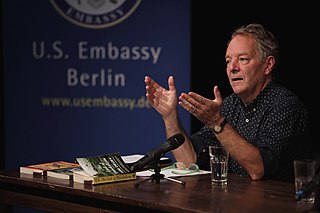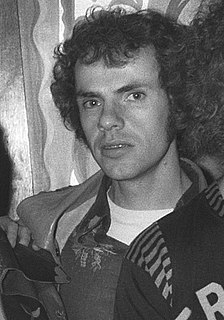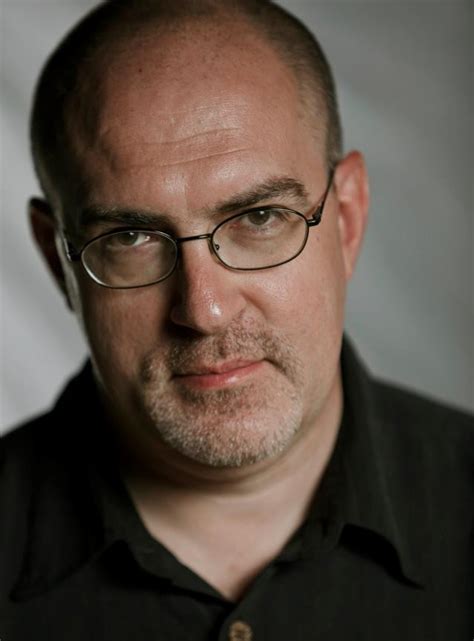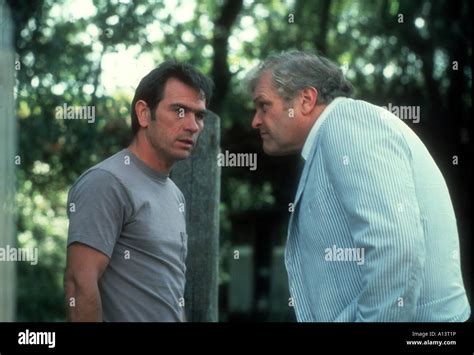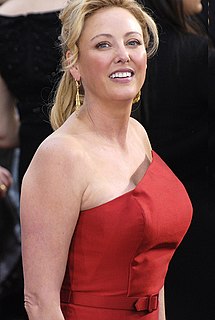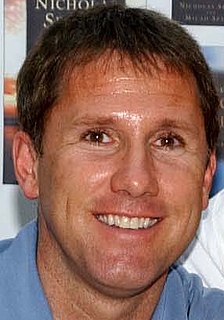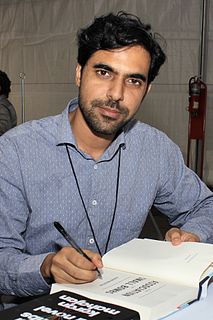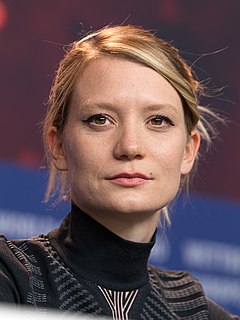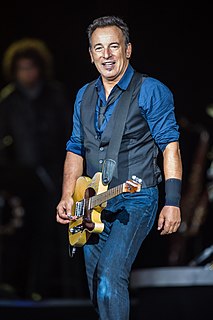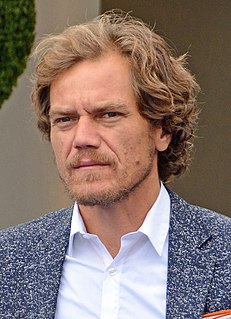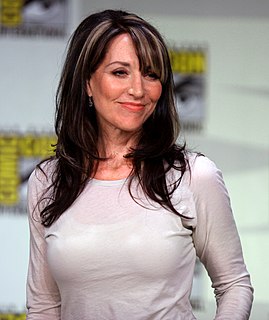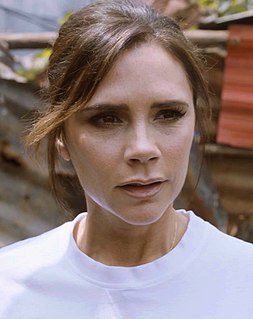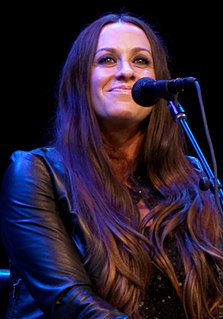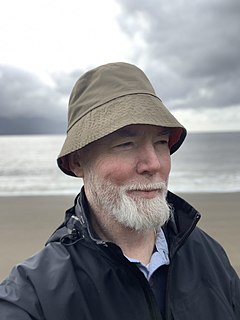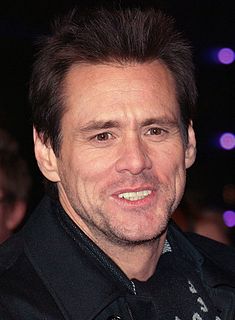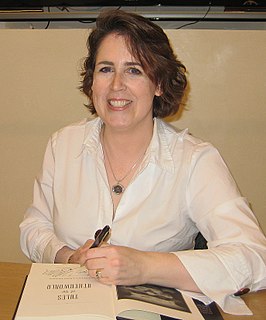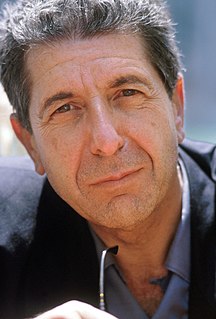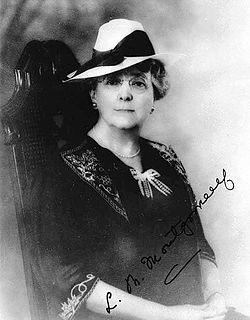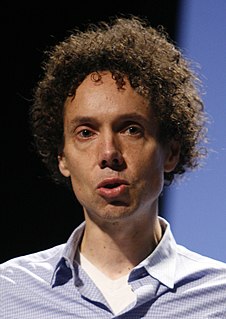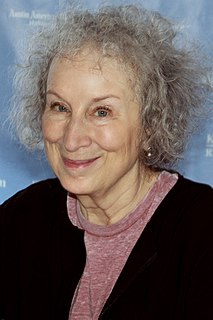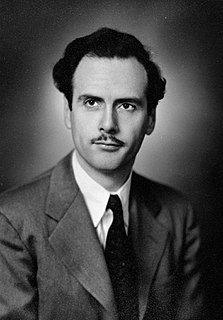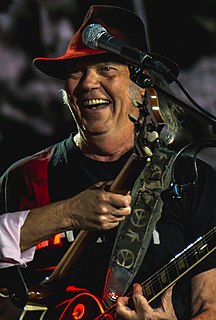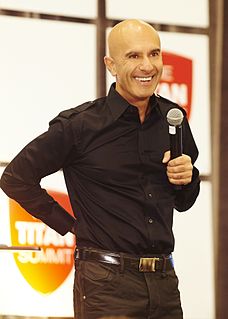A Quote by Kari Skogland
I tend to use a lot of movement in both camera and characters, and I also tend to give characters a lot to physically do.
Quote Topics
Related Quotes
There's a lot of thinking when you choreograph something. You're not just choreographing some bodies, arms, legs flying around to look cool. It's a lot more complicated and sophisticated. You also have to deal with the connection of the whole film, so when I choreograph, I think of the movement itself, the camera angles, the characters.
A radio play actually ended up being the first acting job I ever had. A lot of times when I'm on camera, I'm playing characters that are more like myself, and I don't get to do a lot of real character work. But when you're doing animation, you are the very epitome of colorful characters. I think I'm just really into make believe.
I tend to see my characters from inside and outside at once; this is a technique I use to retain a slight distance. It means my characters can act in unexpected ways on two axes: physical and mental. It isn't just, 'I thought this and then I did this,' which is the technique of the modern psychological novel.
...It's all sort of dreams and it's all illusion. It's theater; it's not real. We're making up stories, you know, and people tend to run into you and believe you are your characters. And I suppose the funny thing is the longer you go, you do become sort of some version of [your characters]. You both diverge from them - you know - you live, but you also permanently inhabit that geography and that mental space - and so you do morph a little bit. We do become what we imagine.
Myself and David, we both love art. We have a lot of respect for Damien Hirst and Julian Schnabel, and we've met them both, and they're very interesting characters. I also have a lot of respect for the working women out there. As you know, it's not easy when you're looking after children and you have a career as well.

